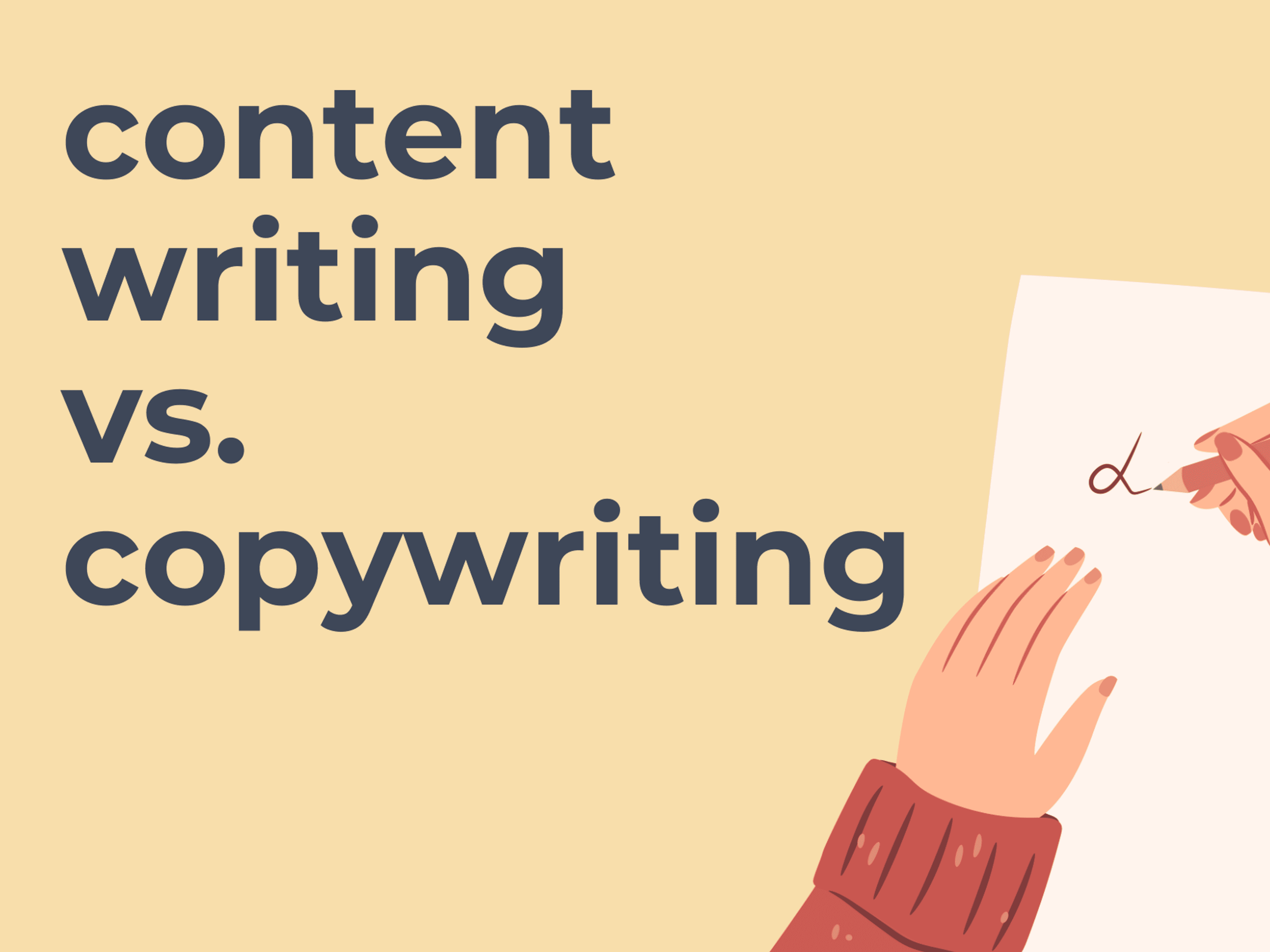Due to their nature, the terms content writing and copywriting are often used interchangeably. While both are needed to build a robust online presence, the individual terms describe different elements of that process and require separate approaches. Understanding the difference between the two can help find the right people to achieve a certain goal.
Definition and Purpose
The goal of content writing is to create informative and engaging content that educates and entertains the audience. This builds a relationship with them, fosters trust, and places the author's platform as an expert. Content writing is commonly used for formats such as blog posts, articles, and newsletters.
Copywriting is all about persuading the reader to do something, such as providing their email addresses, booking an appointment or signing up for a newsletter. This is predominantly used in sales pages, email campaigns, and landing pages.
Key Differences
Tone and Style
Content writing tends to be more informative and educational. The tone can vary from conversational to professional or somewhere in between, depending on the audience and platform. It aims to provide comprehensive information through a more relaxed and detailed style.
Copywriting is often more direct and concise. The tone is usually persuasive and urgent, focusing on benefits and features that will resonate with the audience. The style is punchy and to the point, designed to elicit an immediate response.
Length and Structure
Copywriting is usually shorter and more compact. Landing pages, sales pages, cold mails, and many such formats may be longer, but they still try their best to upkeep the reader's retention and drive them toward a call-to-action.
Content writing is typically longer and more detailed. For instance, blog posts and articles can contain up to 2000 words, or even more, depending on the topic and amount of detail wanted. These are often broken down into headings, subheadings, bullet points and accompanied by images in order to enhance readability.
Goals and Metrics
Content writing aims to build long-term relationships with the audience, increase website traffic, and establish authority in a niche. Success is often measured through metrics like time on page, social shares, and organic traffic growth.
Copywriting focuses on immediate results and conversions. The effectiveness of copywriting is measured by conversion rates, click-through rates (CTR), and return on investment (ROI).
When to Use Content Writing vs. Copywriting
Copywriting is best suited for scenarios where the objective is to persuade the audience to take a specific action. Use this for:
Crafting a compelling ad copy
Designing conversion-oriented sales pages
Writing attention-grabbing email campaigns
Creating effective landing pages
Content writing is ideal for situations where the primary goal is to inform, educate, or entertain your audience. Use content writing for when you are trying to:
Develop in-depth blog posts and articles
Create detailed and accurate service pages
Write engaging social media posts
Produce informational newsletters
Integrating Content Writing and Copywriting
While content writing and copywriting serve different purposes, they are often used in tandem and form a symbiotic relationship. A successful content strategy typically involves a blend of both:
Content writing: Attracting and engaging your audience, providing valuable information and building trust over time.
Copywriting: Converting this successfully engaged audience into leads or customers by funneling them into taking specific actions.
For instance, a well-written blog post (content writing) can attract readers to your website. Within that blog post, strategically placed calls-to-action (copywriting) can guide readers to leave their email addresses, book an appointment, or purchase a product.
Conclusion
Understanding the difference between content writing and copywriting is crucial for effectively leveraging these skills or hiring the correct people to achieve your goals. Content writing builds relationships, establishes authority, and fosters trust while copywriting drives immediate action and conversions. Integrating both approaches into your marketing strategy will create a comprehensive and effective content plan that attracts, engages, and converts your audience.
Remember, the key to successful writing—whether it’s content or copy—is to always keep your audience in mind. Learn what they need and value and how you can provide it to them in the most engaging and effective way possible.
